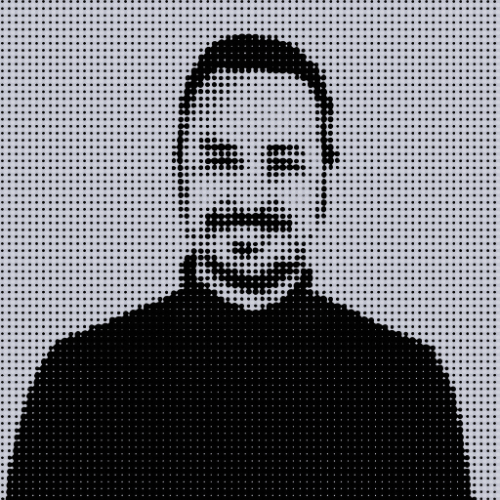137 reads
Web3 & AI: A Hypothetical Company's Plan to Remove 1B Tons of CO₂ by 2050
by
July 23rd, 2023
Audio Presented by

Author of sci-fi and horror, narrative designer, and independent film producer. Loves cassette futurism.
Story's Credibility

About Author
Author of sci-fi and horror, narrative designer, and independent film producer. Loves cassette futurism.